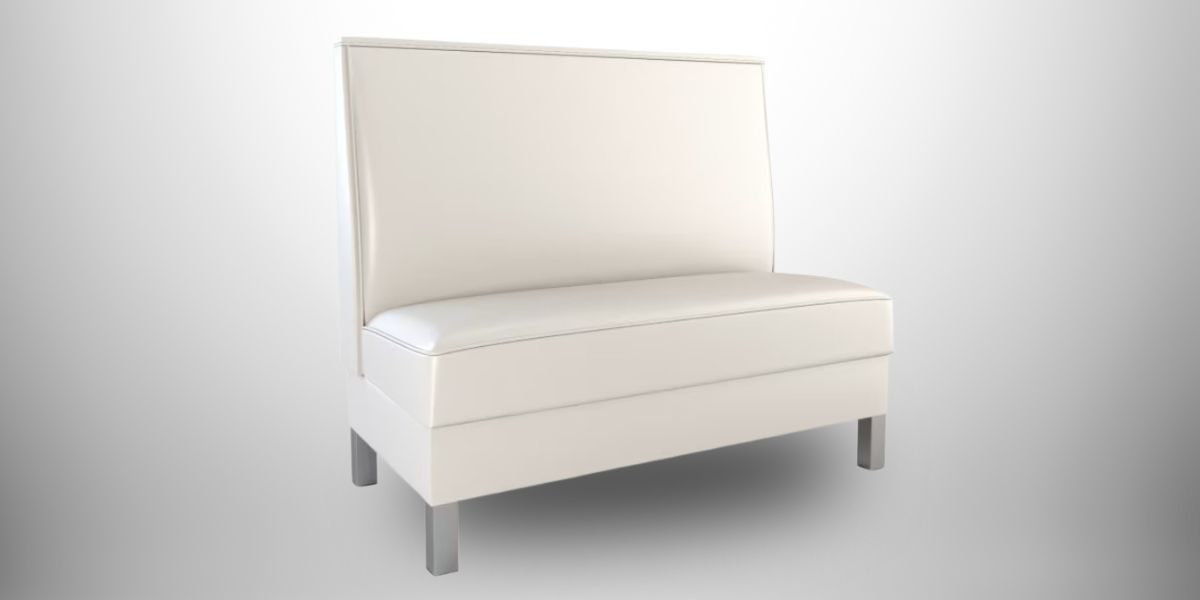Restaurants have long been recognized as venues for social interaction and culinary exploration. While the food is often central to the experience, the setting plays a significant role in shaping the overall atmosphere. One key element that influences the dining experience is the seating arrangement. In particular, booth seating has become a favored option for many customers.
Traditional table and chair setups may lack the warmth, intimacy, and sense of privacy that booth seating often offers. This article examines the different variations, styles, and designs of restaurant booths, exploring how they cater to diverse tastes and preferences, thus enhancing the dining experience.
These cozy seating options have remained a popular choice and have become an important feature of restaurant design for many years. Restaurant booths have evolved alongside the culinary industry, maintaining a connection to luxury, style, and comfort. From the classic diners of the 1950s to the modern, sleek restaurant interiors of today, booth seating continues to appeal to both patrons and restaurateurs.
This article will explore the psychology, history, and enduring appeal of restaurant booths, offering insights into why they remain a preferred choice for customers and a common feature in many establishments.
The Evolution
The history of restaurant booths extends back to early civilizations. However, the contemporary restaurant booth as we recognize it today began to take shape in the 19th century, as the restaurant industry began to expand. Initially, booths were designed with functionality in mind, providing an efficient use of space. Over time, their design evolved to include considerations for comfort and aesthetic appeal.
Booth Material and Styles
The materials and styles chosen for restaurant booths play a significant role in shaping the ambiance and visual appeal of a dining space. Here, we explore some common choices:
Wooden Booths
Wooden booths are a timeless option that can evoke a sense of sophistication and warmth. These booths often contribute a feeling of heritage and refinement, and they are commonly found in upscale restaurants. Popular wood choices for such booths include oak, cherry, and dark mahogany.
Upholstered Booths
Upholstered booths are known for their comfort and flexibility. These booths come in a variety of fabric choices, allowing restaurant owners to select materials that align with their aesthetic vision. Common upholstery materials include vinyl, faux leather, velvet, and leather, each offering different textures and styles.
Banquette Seating
Banquette seating consists of benches with or without backs, typically arranged along a wall. It is a versatile option that can be used both as individual booth units or in combination with tables and chairs. In terms of space utilization, banquettes offer flexibility and can be adapted to various interior design themes.
Custom Booths
Some restaurants opt to design custom booths to create a more distinctive and memorable dining experience. Custom booths allow restaurateurs to incorporate unique themes, colors, and patterns that reflect their brand identity and enhance the overall atmosphere.
Impact of COVID-19
The COVID-19 pandemic had a substantial impact on the restaurant industry, particularly in how booths are utilized. Many restaurants were forced to reevaluate their seating configurations to adhere to social distancing guidelines and ensure the safety of their customers. As a result, creative solutions emerged, including the introduction of transparent partitions between booths and the expansion of outdoor dining options. The pandemic highlighted the need for adaptable booth designs that could accommodate evolving health and safety protocols.

















